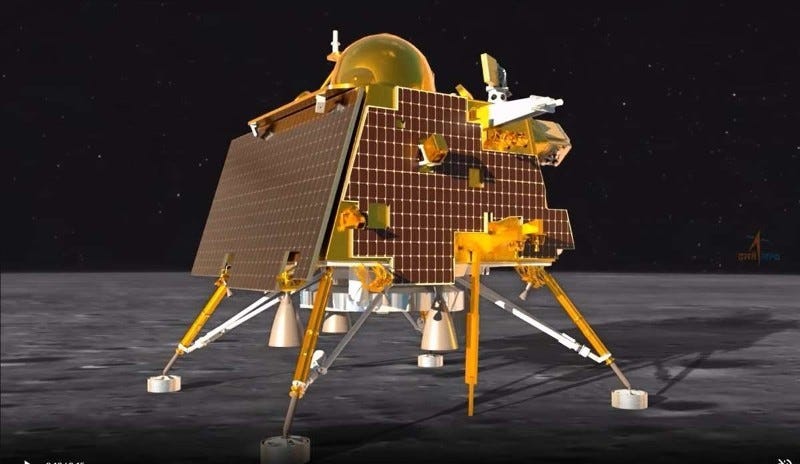It’s been nearly sixty years since humans first set foot on the moon, but the world’s fascination with our closest celestial neighbor is stronger than ever. NASA, the European Space Agency, China, India, and even private companies are all racing to return. But why? What’s changed, and what do we hope to gain this time around?
Key Highlights:
A Stepping Stone to Mars and Beyond: The moon is now seen as a crucial training ground for deeper space exploration. NASA’s Artemis program, in partnership with over 50 countries, aims to build a permanent base at the lunar South Pole. This outpost, along with a new space station called Gateway, will help astronauts learn how to live and work far from Earth—vital experience for future missions to Mars and beyond. China and Russia are also planning their own lunar base, targeting completion by 2035.
Scientific Discovery: The moon is a time capsule for the solar system. Its surface has barely changed for billions of years, making it the perfect place to study the origins of Earth and our cosmic neighborhood. Scientists are eager to analyze lunar soil, search for water ice in shadowed craters, and test how humans and robots cope with the harsh lunar environment. These lessons will shape the next era of space exploration.
Resources and Sustainability: Water ice on the moon could be a game changer. It can be turned into drinking water, breathable oxygen, and even rocket fuel—making the moon a potential refueling station for missions deeper into space. There’s also interest in mining metals and other resources, which could support long-term lunar settlements and reduce the need to launch everything from Earth.
Technological Progress: Every trip to the moon pushes the boundaries of technology. Past missions led to advances in electronics and telecommunications. Today’s lunar programs are driving innovation in robotics, materials science, and life-support systems—technology that often finds its way back to everyday life on Earth.
Inspiration and Global Collaboration: The original Apollo landings inspired a generation of scientists and engineers. Now, with international teams and private companies involved, the new lunar missions aim to spark curiosity and ambition in young people around the world. The Artemis program and similar efforts are also fostering unprecedented global cooperation.
Strategic and Political Stakes: The moon has always been a stage for competition. During the Cold War, it was the US and the Soviet Union. Today, the race includes many more players, and the stakes are higher. Control of lunar resources and technology could shape the balance of power in space for decades to come.
In short, we’re going back to the moon because it’s the next logical step—scientifically, technologically, and even politically. The lessons we learn there will not only help us explore Mars and other worlds, but could also change life on Earth in ways we can’t yet imagine.
Sources: DW, The New York Times, NPR
